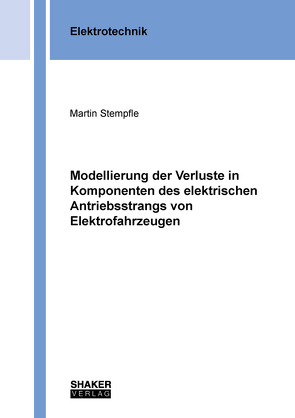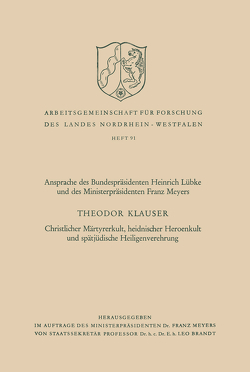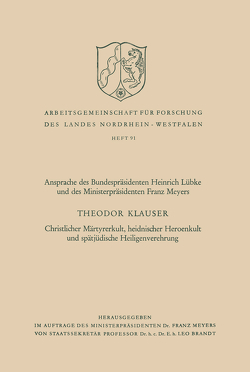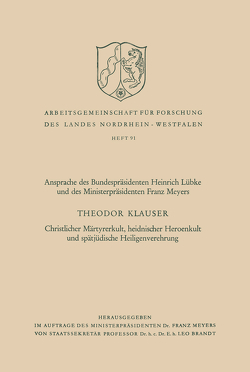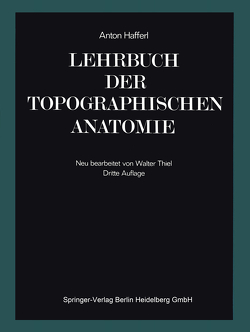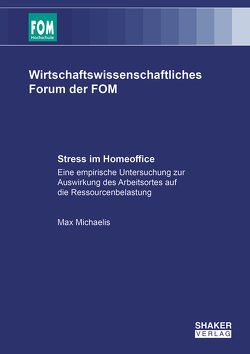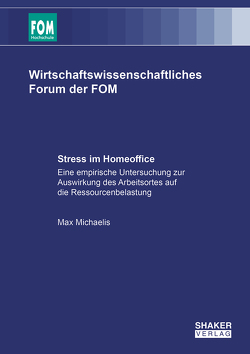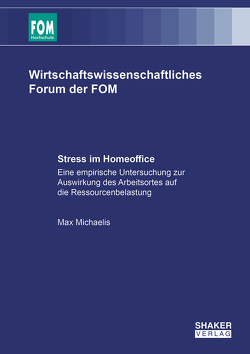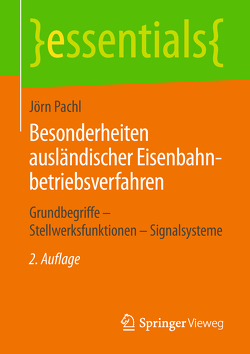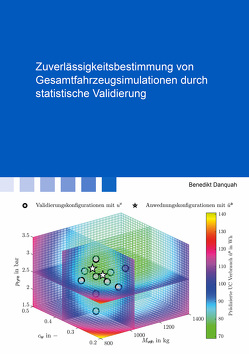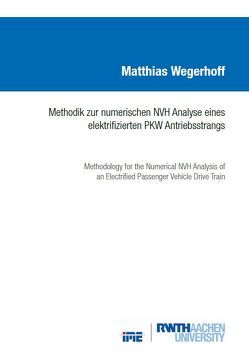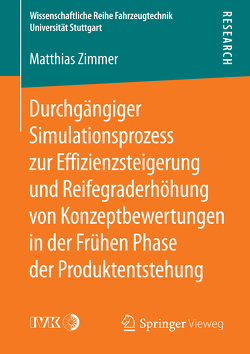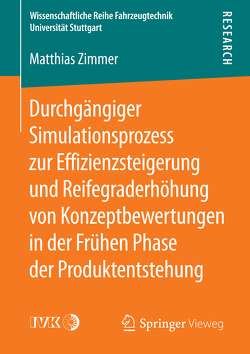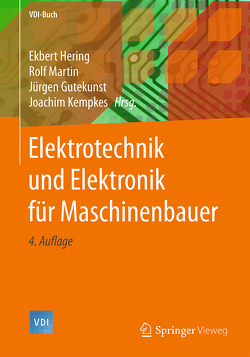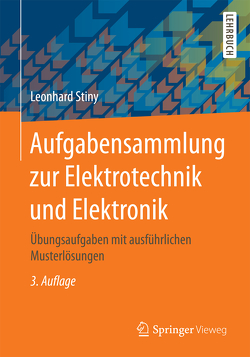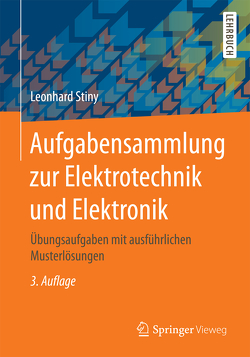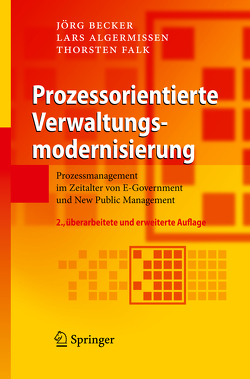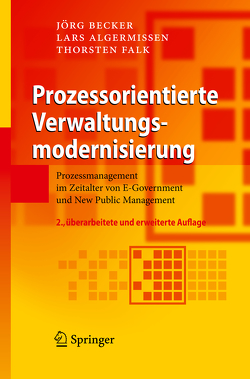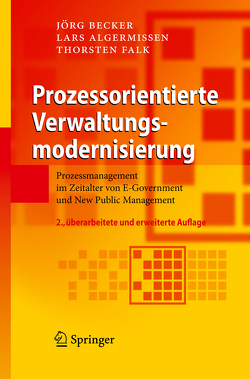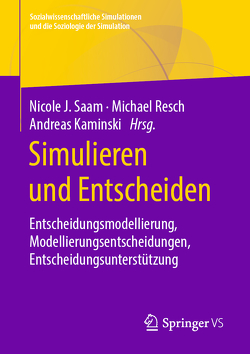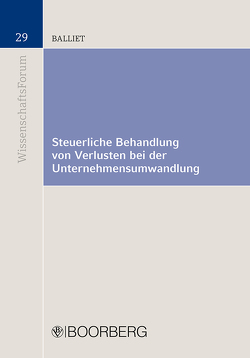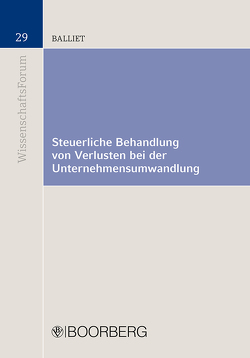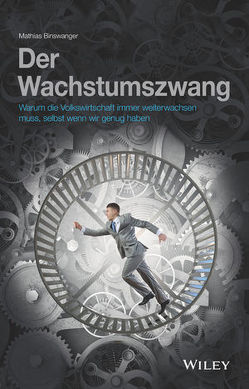Modellierung der Verluste in Komponenten des elektrischen Antriebsstrangs von Elektrofahrzeugen
Martin Benjamin Stempfle
This dissertation analyses and compares different drive train configurations of e-vehicles and their operating modes. The aim is to minimize the drive train losses in order to increase the range of a vehicle. In addition to the component losses of the drive train, considering the phase currents of the e-motor and its current ripple is fundamentally important. As a reduction of the current ripple can result in higher inverter and lower motor losses, the minimum of the sum of motor and inverter losses must be found. The variable DC link voltage of the inverter provides another option for influence. Therefore, different inverter and DC/DC-converter-topologies are analyzed. The current ripple of the phase currents can be influenced by further parameters. For example, the operating mode can be influenced by varying the modulation frequency and the modulation technique of the inverter. Another possibility for influencing the minimization of the sum of the losses results from the control of the quadrature- and direct axis currents. In order to obtain a reliable result regarding the occurring losses in the design concept of the drive train, and to avoid costly measurements on each configuration of the drive train, two different approaches for the loss modeling of the components of the drive train are presented. Both approaches are considering that the loss model has a simple and modular structure as well as a high accuracy. Within this dissertation, the loss model of the drive train is not only used for the definition of its configuration, but also for driving cycle dependent optimization. Therefore, the identified drive train optimization capabilities are used to analyze an operating mode to minimize the overall drive train losses.
